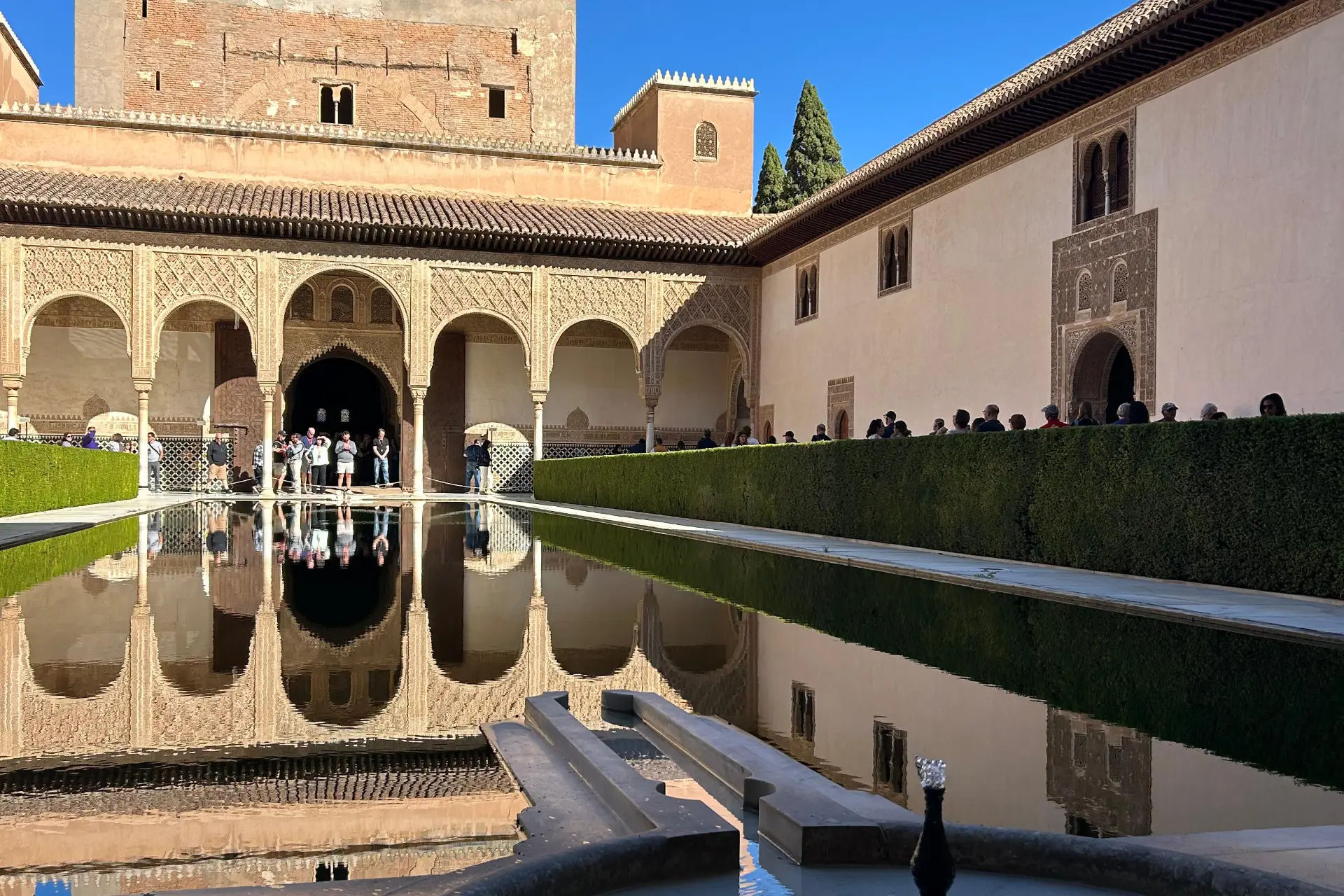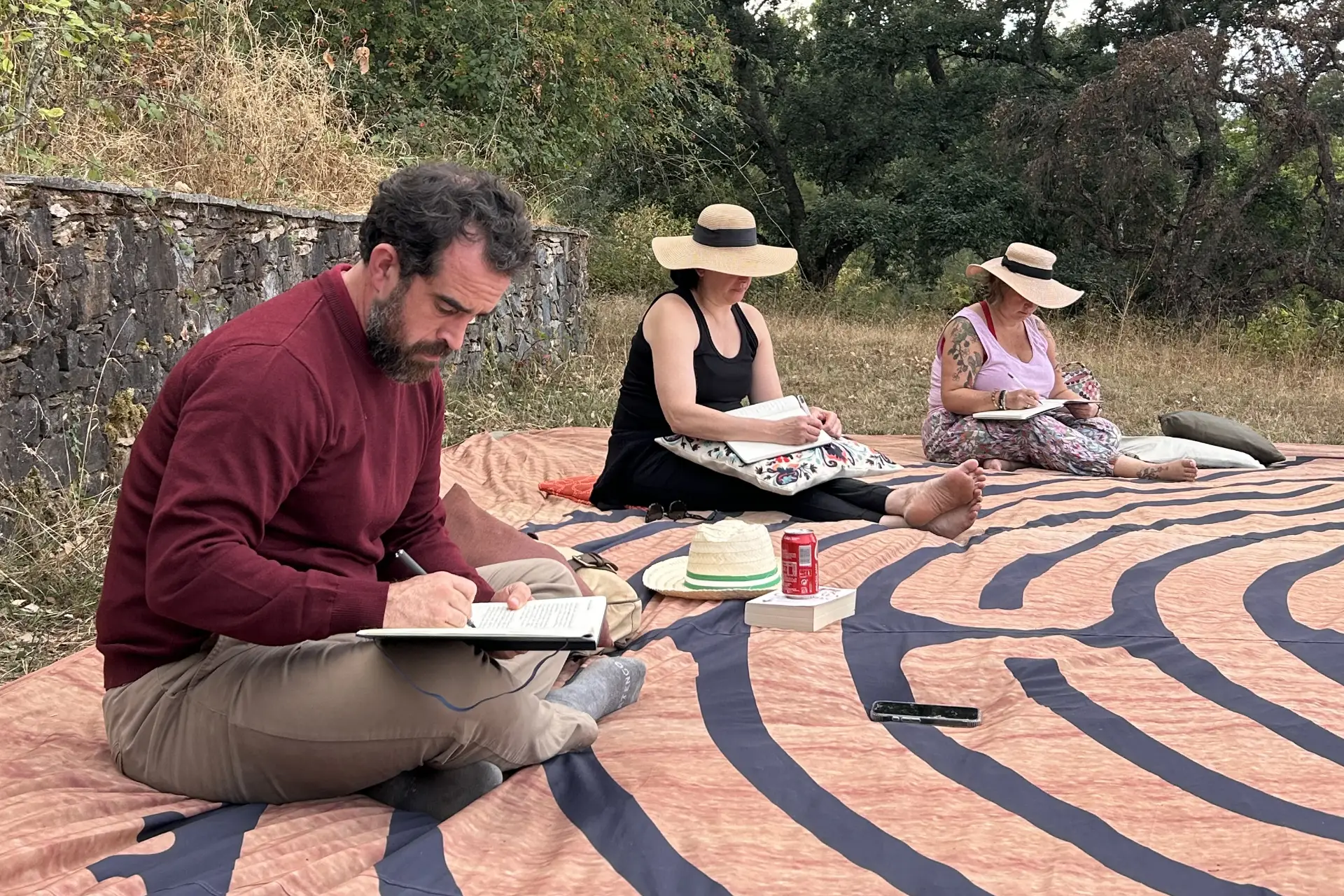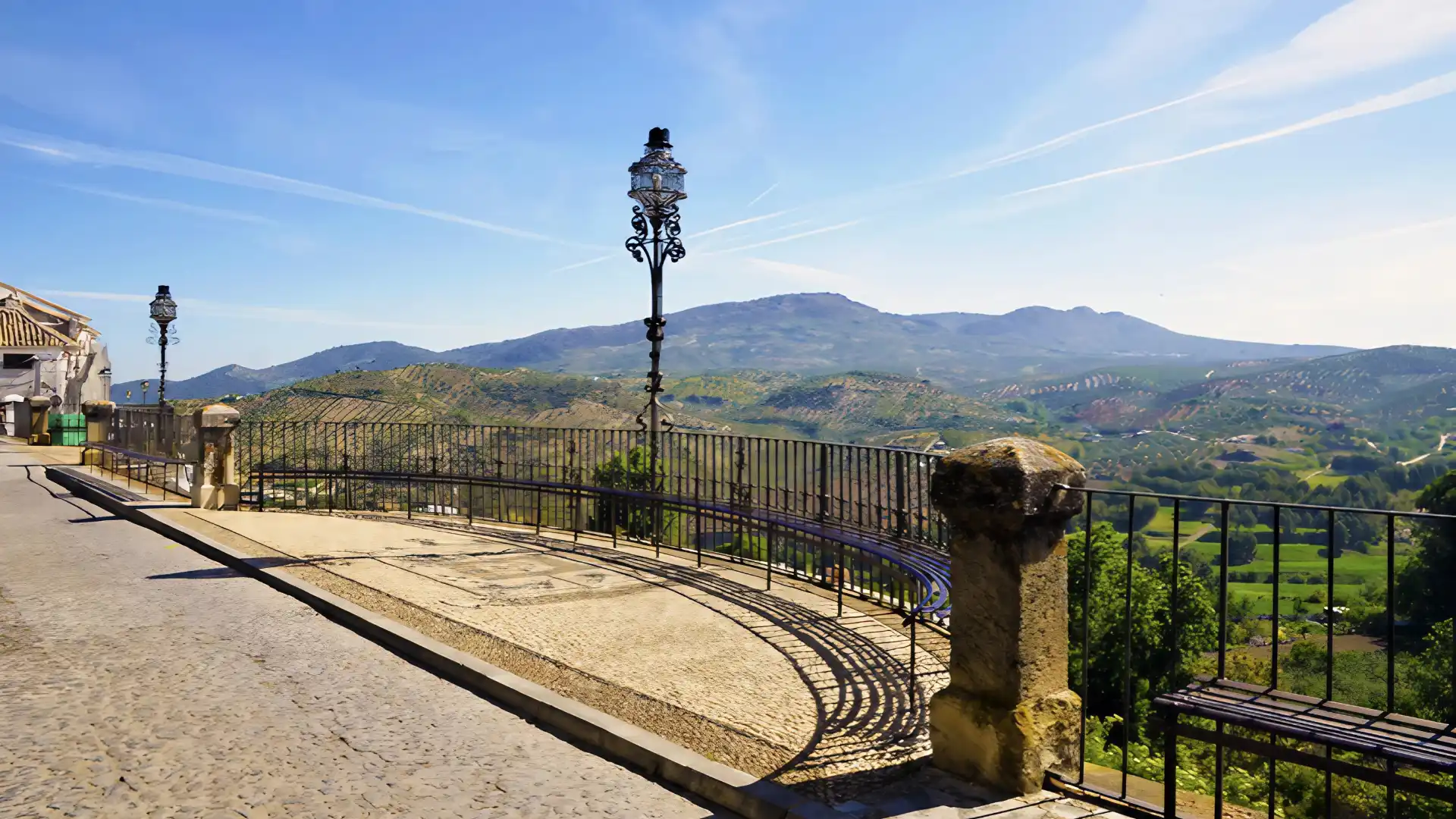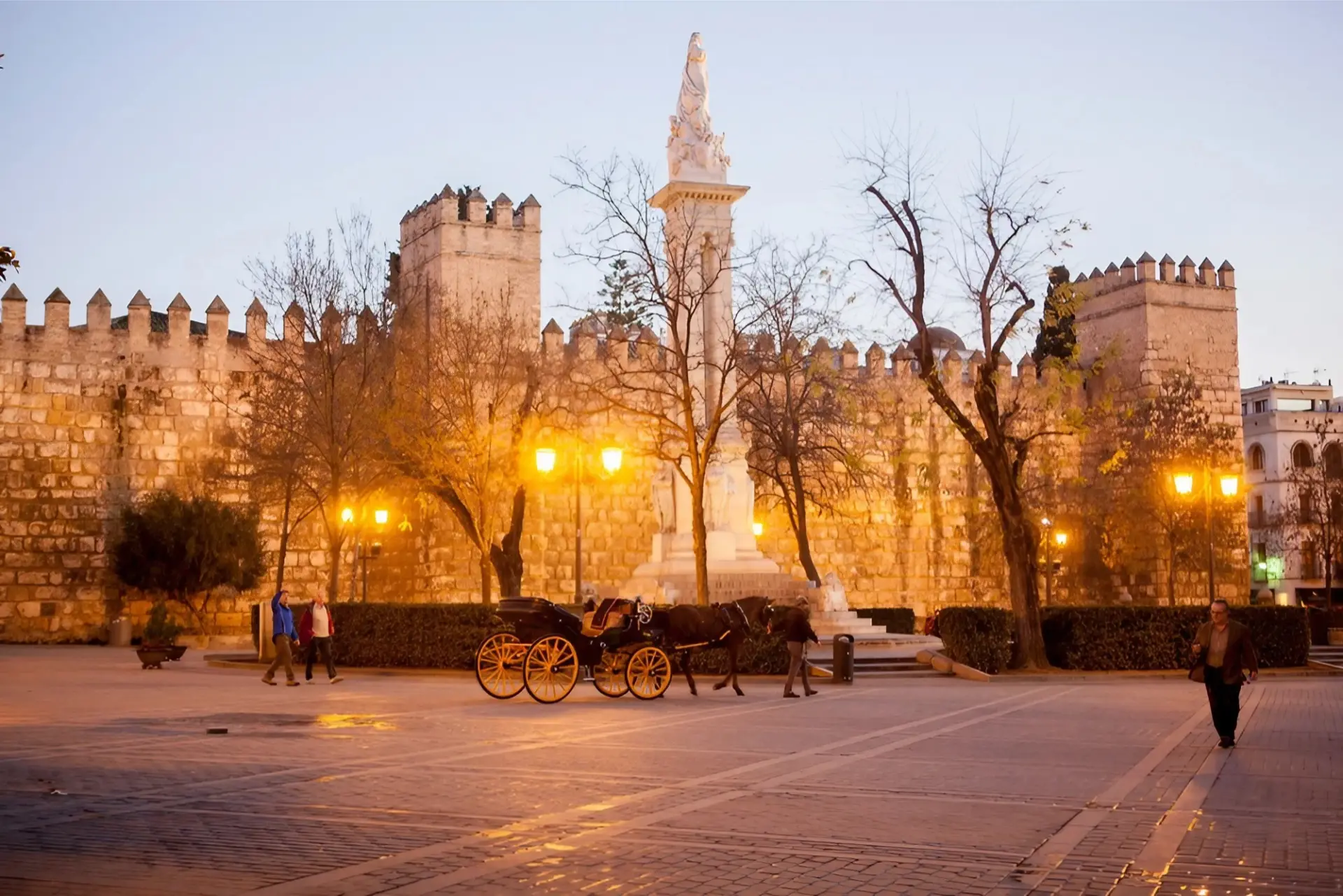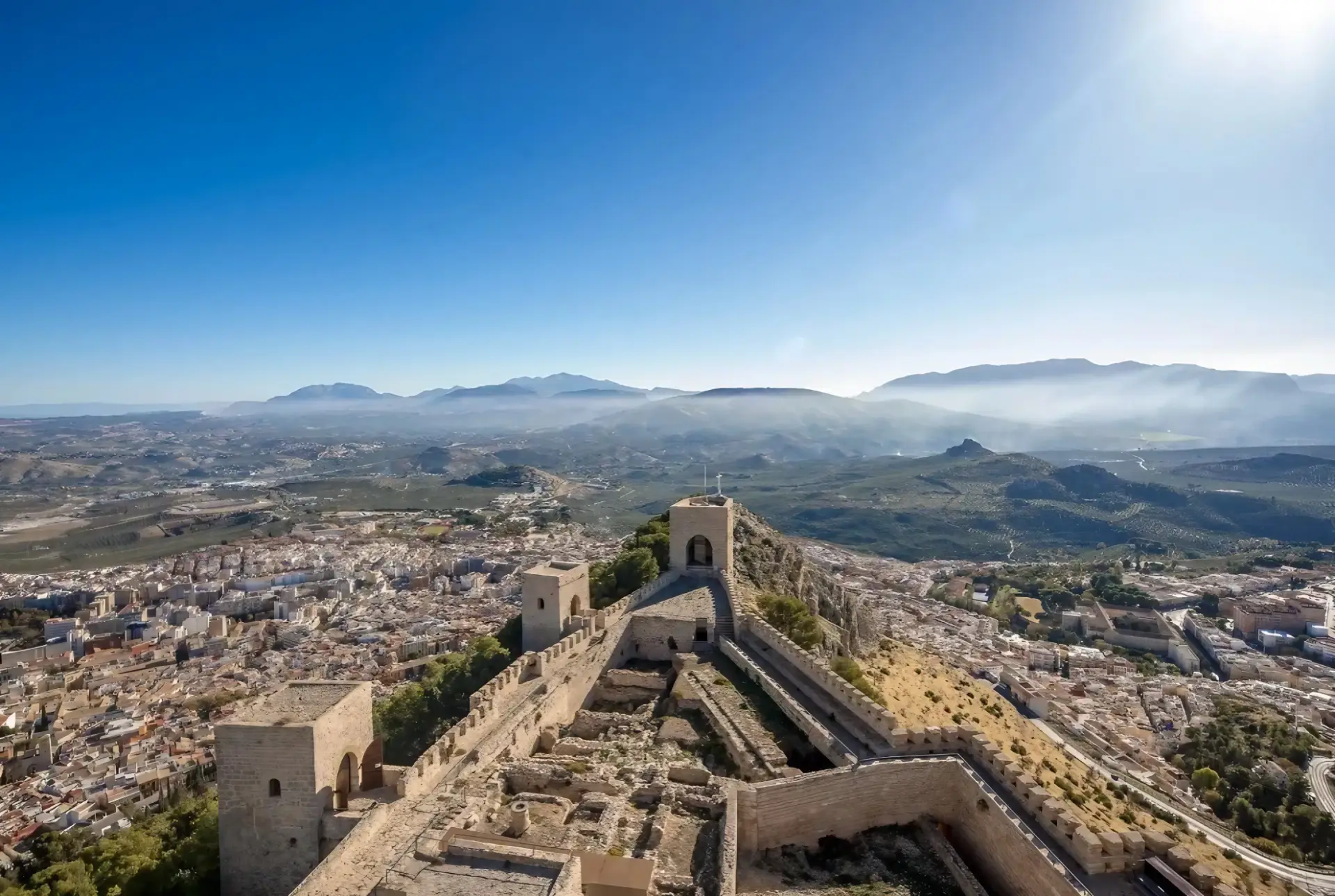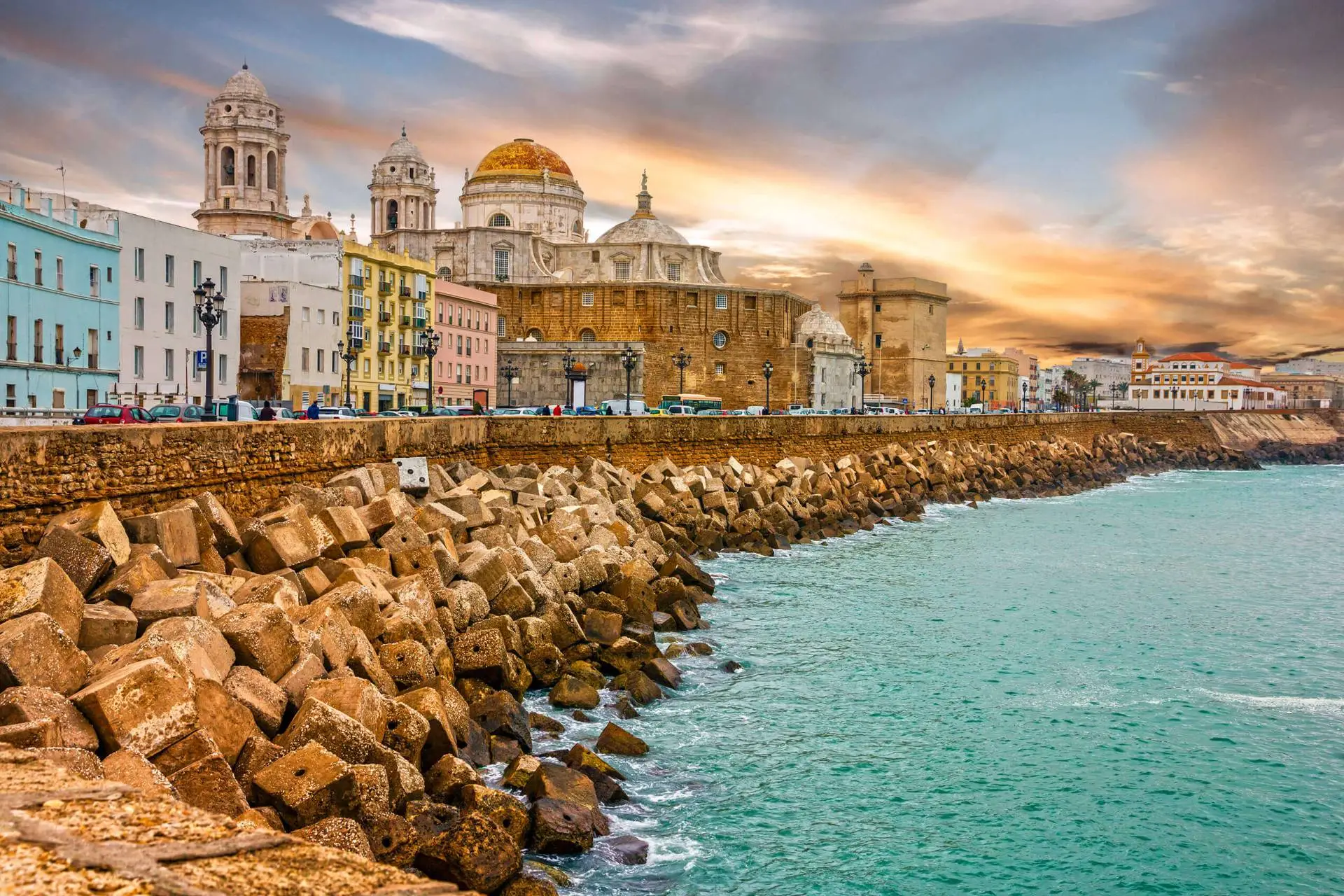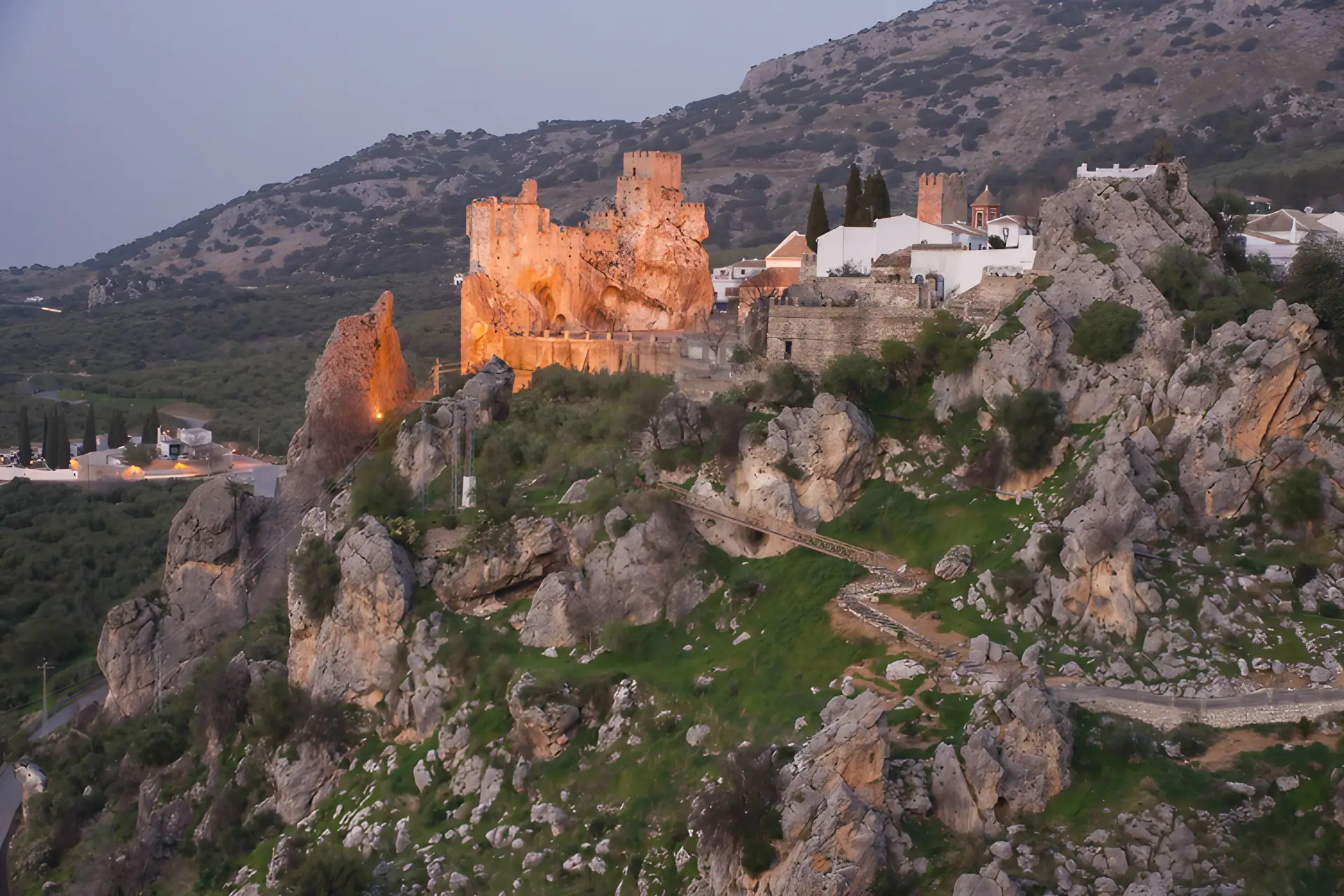Exploring how the three cultures of Judaism, Christianity and Islam combined to create the Andalucian culture we know today. Following on from Córdoba, we look at enchanting Granada.
Andalucía’s rich history was fed by its three most influential cultures and their religions: Judaism, Islam and Christianity. Whilst Andalucía is home to some of the Europe’s oldest cities, established over 3,000 years ago, the highlights of the three cultures (tres culturas) can be found in the ‘golden triangle’ of Córdoba, Granada and Sevilla.
These three cities form our Classic Andalucía Tour, taking in the sites and tasting the delicious cuisine shaped by the land, climate and cultures.
The second stop on our three cultures blog tour is Granada.
A mystical city
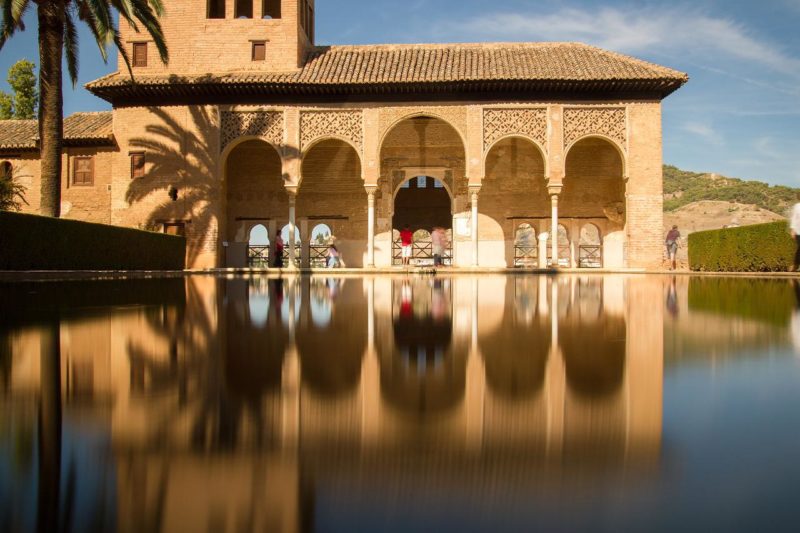
Lying at the foot of the Sierra Nevada mountains, Granada is a mystical city. The capital of a Moorish kingdom for over 200 years, Granada was the last foothold of the Moors in Spain following the Catholic Kings’ ‘reclamation’ of Spain for Christianity.
However, we could probably call Granada a city of four cultures, as the Jewish, Roma and Islamic influences remain alongside the Christian, creating a city rich in experiences. Each quarter of the city shows displays its cultural influences, some subtly, others with amazing grandeur.
The Alhambra is the most immediately visible reminder of the days of the Moors. Majestic on a hilltop, the fortified palace is an awe-inspiring architectural beauty. The palace is at its most alluring when the setting sun bathes its walls with golden light and the mountains turn to dusty pink behind it.
The Alhambra is actually four groups of buildings – 13th century fortress of the Alcazaba, the Nasrid palace, Renaissance Palace of Charles V and the summer palace, Generalife, with its beautiful Moorish gardens.
Washington Irving described the Court of Lions when he stayed there in 1829. “The traces of Moorish elegance and splendour exist in almost their original brilliancy.[ …]Through the ample and fretted arch of the portal I behold the Court of Lions, with brilliant sunshine gleaming along its colonnades, and sparkling in it fountains.”
Influential quarters
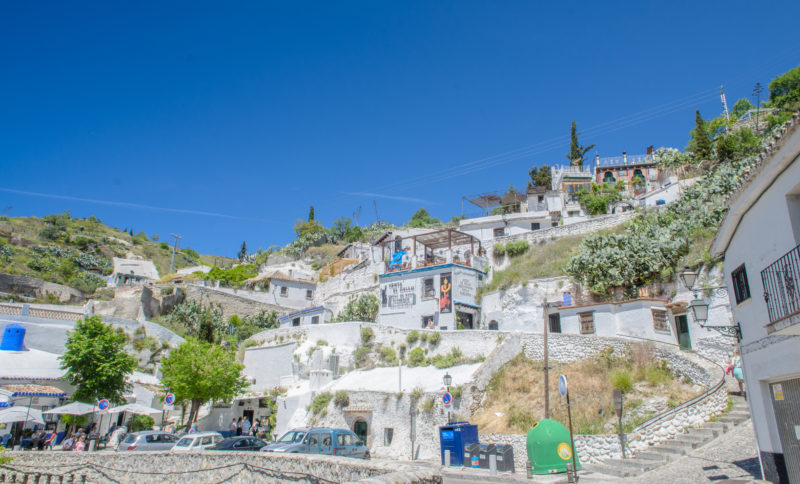
Stretching away from the Alhambra is the hillside neighbourhood of Albaicín with its winding lanes weaving between white-washed houses that open out into picture-perfect plazas. And behind the high walls of the grander houses are fragrant gardens, where dappled light is cast by the leaves of orange trees on cool courtyards.
A UNESCO-listed World Heritage Site, it offers incredible views especially from the Plaza de San Nicolas which directly faces the Alhambra. At night, when there’s music playing and the drink is flowing, the atmosphere is special with the Alhambra beautifully lit up in the distance.
The Roma quarter of Sacromonte is atmospheric with houses decorated with colourful ceramics and flowers. The Roma settled in the caves of Sacromonte in the 18th century. It is here they hold their traditional flamenco shows and from whence some of the best views of Granada can be enjoyed. Not only does it look to the Alhambra, but across the ravines and Valparaiso valley.
For centuries the city of Granada had a large Jewish population, in a neighbourhood called Garnata al-Yahud (Granada of the Jews) by the Moors when they arrived in the 8th century, right up until 1492 when the Catholic Kings came to power. Then the Jews were expelled, the Jewish quarter was destroyed, and the barrio renamed El Realejo. No synagogue remains in Granada; however, a Sephardic Museum opened in 2014.
Iglesia Santo Domingo in Realejo is one of the more obscure churches in the city. Yet, it is one of the most beautiful. And while the artistry of the church is beyond doubt, the faded beauty of the barrio is renewed by the works of local spray-paint artist Raul Ruiz, also known as “El Niño.”
Christian Monuments
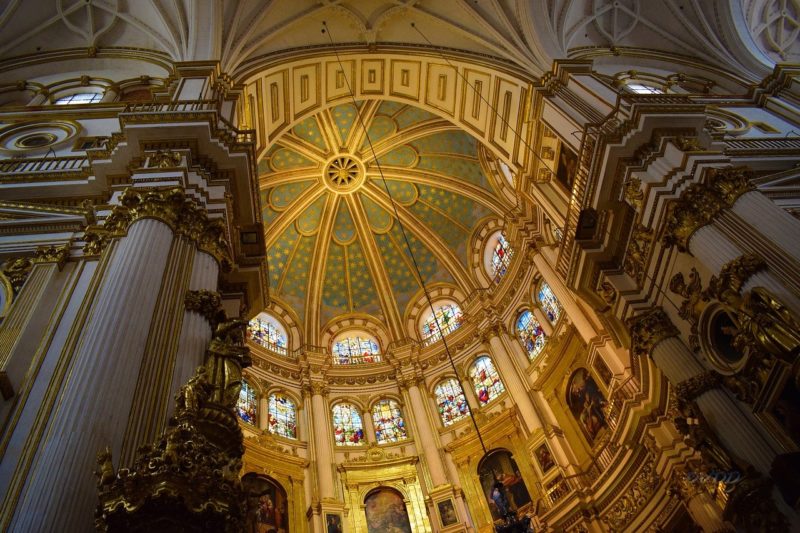
There is no missing the Cathedral of Granada. A baroque beauty, it was the first Renaissance church in Spain. It began life in the Gothic style and stands on the site of a former mosque; Queen Isabella’s monument to the vanquishing of the Moors. Construction started in 1523 but it was only completed in 1704. Even then, one of the towers stands half-finished.
The Royal Chapel (Capilla Real) encapsulates the grandeur of the Catholic Kings and houses their tombs. Attached to the Cathedral, the chapel is built in late Gothic style and features beautiful stained-glass windows. The sacristy is home to an incredible collection of art. Among the works are Botticelli’s Christ on the Mount of Olives and Rogier van de Weyden’s Pietá.
A taste of Granada

“You have to taste a culture to understand it”* and nowhere does that hold truer than Granada. Home to free tapas, Granada has a cuisine which is also a wonderful combination of cultural influences.
Habas con Jamón combines broad beans brought to Spain by the Moors and pork – a sure fire way to prove you embraced Christianity, as neither Jews nor Muslims eat pig meat. Another meaty treat is Plato Alpujarreño. From the mountain villages of Las Alpujarras, it is a local favourite. The standard combination is potatoes, fried eggs, cured ham, black pudding (morcilla), sweet peppers and chorizo.
Tortilla del Sacromonte introduces the Roma influence. The thick omelette contains mutton sweetbreads, nuts and sometimes ham or chorizo. Traditionally, the Roma’s gift the dish to those who climb the Sacromonte hill on Saint Caecilius’s day.
If you’ve clambered to the top of Sacromonte on a warm day, a cold refreshing beer would go down a treat. The aptly named Alhambra beer is the most consumed brew in the eastern part of Andalucía and local to Granada. You may also be pleasantly surprised to learn that Granada produces over 5million bottles of wine a year. A cool glass of Albayda will hit the spot.
Join us in Granada
We’ve mentioned only a few of the delights of Granada above. At TOMA & COE, we are familiar with all the nooks, crannies and delicious corners of Granada. Contact us for information on bespoke, guided tours as we unveil the city’s secrets for you.
In the meantime, peruse our Guide to Granada with the best hotels, restaurants, tapas bars and attractions in the city.
*©Deborah Cater

